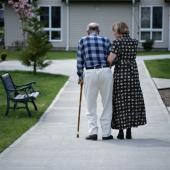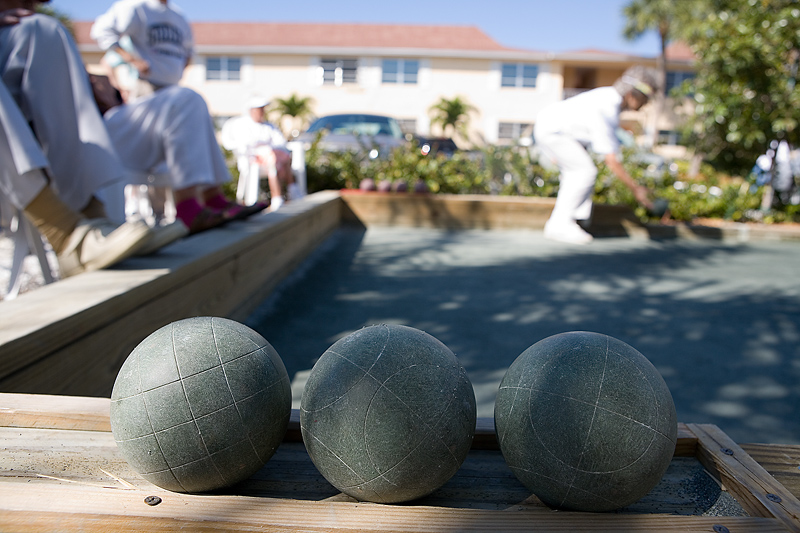
WEDNESDAY, July 13 (HealthDay News) — A small pilot study of wireless mobile sensors used by a group of retirees suggests the technology may be useful in detecting meaningful changes in seniors’ health, researchers at Dartmouth College report.
Eight elderly residents in a continuing care community, whose average age was 85, wore the waist-mounted, two-inch sensors for 10 days while the devices continuously measured such factors as time spent walking, sitting, standing and speaking with other people. These everyday behaviors often reflect physical and psychological health and potentially predict health problems, like depression or dementia, study author Dr. Ethan M. Berke said.
Men spent 21.3 percent of their time walking and 64.4 percent stationary, the study said, while women spent 20.7 percent of their time walking and 62 percent stationary. Time spent speaking with others was linked to mental health and social interaction scores, which were compared to participants’ answers on four established questionnaires on health, physical activity, depression and friendship.
The sensor data in the study correlated strongly with the results of the four questionnaires, the investigators found.
“It’s an easy jump to imagine other populations using this as well,” said Berke, director of the Prevention Research Center at Dartmouth’s Institute for Health Policy and Clinical Practice in Lebanon, N.H. “Our ability to sense and understand the behaviors . . . has been correlated with established metrics. Certainly we need to do much larger, more robust studies to see that these [results] correlate as strongly as they do.”
The study was published in the July/August issue of Annals of Family Medicine.
While the sensor used in the study was a free-standing device, most smart phones could be outfitted to detect physical activity and mental cues, Berke said. Resulting data could potentially link to patients’ electronic health records, providing medical professionals an objective source of information about the patient, he added.
This objective information would eliminate the bias and recall problems people can display when answering surveys or self-reports about their activities, Berke said.
“The number one thing we heard from participants was not that the device was difficult to use — what they talked about was how inconvenient and difficult the surveys were to fill out. But we can’t draw a lot of conclusions about this. I think it shows promise . . . but to say this is better than surveys at this point is a stretch,” he added.
Dr. Gisele Wolf-Klein, director of geriatric education at North Shore-Long Island Jewish Health System, agreed with Berke’s assessment and said she was concerned the small study size made it difficult to make recommendations about the use of the sensors.
“I think it’s an interesting technology to see what kind of factors might influence overall quality of life,” she said. “I would certainly question their attempt . . . I’m not sure you could statistically interpret this extremely small number.”
More information
The AGS Foundation for Health in Aging has a wealth of information for the elderly in dealing with doctors.

